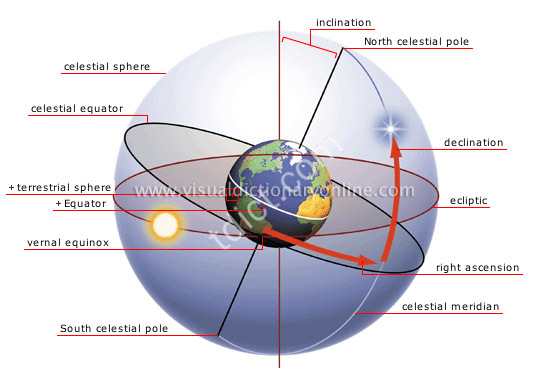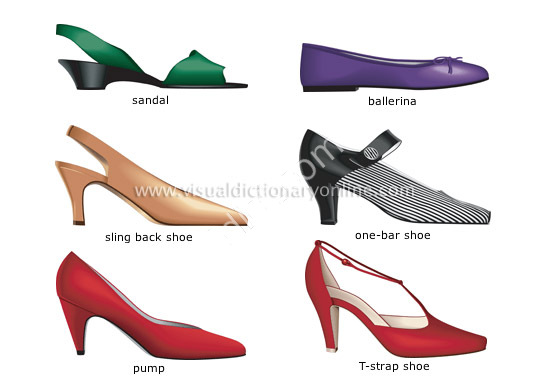译典友情编辑(建议登录会员后操作)

编辑说明:您可以直接修改编辑中英文词条(句子),也可以在备注栏输入补充解释和支持材料,甚至可以上传图片。您编辑的内容将以署名方式展示给其他用户。您的参与,是我们的荣耀。我们建议您先登录/注册本站会员,认领本词条的编辑权。译典的蓬勃发展离不开您的支持。

origin evolution species:起源进化种 详图:
图译典
图典词表
 英文
英文| 1 |
origin and evolution of species |
物种的起源和进化 〔1〕 |
|
Since its formation some 4.6 billion years ago, the Earth has witnessed the genesis of continents and oceans and the appearance of animals and vegetation.
自46亿年前形成以来,地球见证了大陆和海洋的起源以及动物和植被的出现。 |
||
| 2 |
Ordovician [ˈɔːdəvɪʃɪən] |
奥陶纪;奥陶系 |
|
Geological period marked by the appearance of the first vertebrates and new marine invertebrates. Corals, sponges and mollusks were especially abundant.
以第一批脊椎动物和新的海洋无脊椎动物的出现为特征的地质时期。珊瑚、海绵和软体动物特别丰富。 |
||
| 3 |
agnathan |
阿格那坦 |
|
Jawless fish with a cartilaginous skeleton. Fish of this type still exist today (lamprey).
有软骨骨架的无下巴的鱼。这种鱼今天仍然存在(七鳃鳗)。 |
||
| 4 |
orthoceras |
直角石属 |
|
Aquatic invertebrate fossil with a shell and arms equipped with suction cups; it was the ancestor of the nautilus, squid and octopus.
水生无脊椎动物化石,壳和臂上有吸盘;是鹦鹉螺、鱿鱼和章鱼的祖先。 |
||
| 5 |
brachiopod [’brækiəpɑːd] |
腕足类动物的一种 |
|
Marine invertebrate fossil with a body protected by a bivalve shell.
海生无脊椎动物化石,身体由双壳动物保护。 |
||
| 6 |
Cambrian [’kæmbriən] |
adj.[地]寒武纪的;威尔士的 |
|
Geological period marked by the evolution of animals (appearance of mollusks, crustaceans) and the extinction of half of the marine invertebrates.
以动物进化(软体动物、甲壳类动物的出现)和一半海洋无脊椎动物灭绝为特征的地质时期。 |
||
| 7 |
trilobite [’traɪləbaɪt] |
三叶虫 |
|
Marine invertebrate fossil with antennae and a carapace divided lengthwise into three lobes; it disappeared in the Permian period.
有触角和甲壳的海洋无脊椎动物化石,纵向分成三个裂片;在二叠纪消失。 |
||
| 8 |
Precambrian |
前寒武纪;前塞武层 |
|
The oldest and longest geological era, marked by the formation of continents and the appearance of ocean life.
最古老和最长的地质时代,以大陆的形成和海洋生物的出现为特征。 |
||
| 9 |
cyanobacteria |
蓝藻细菌 |
|
Blue-green algae, among the first living microscopic organisms to appear on Earth.
蓝绿藻,地球上最早出现的微生物之一。 |
||
| 10 |
stromatolite |
垫藻岩, 叠层石 |
|
Stratified calcareous concretion formed by microscopic algae (s), testifying to the existence of the first life-forms more than 3?billion years ago.
由微藻形成的层状钙质结核,证明第一生命形式的存在超过3?十亿年前。 |
||
图像


简典
×
![]()






















